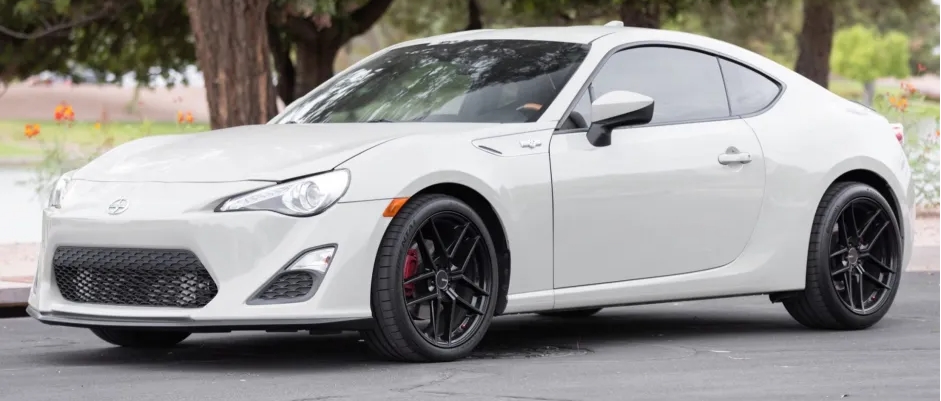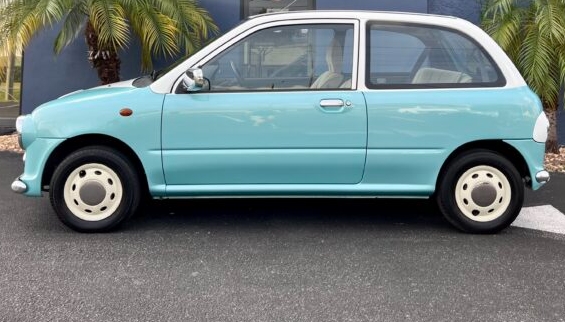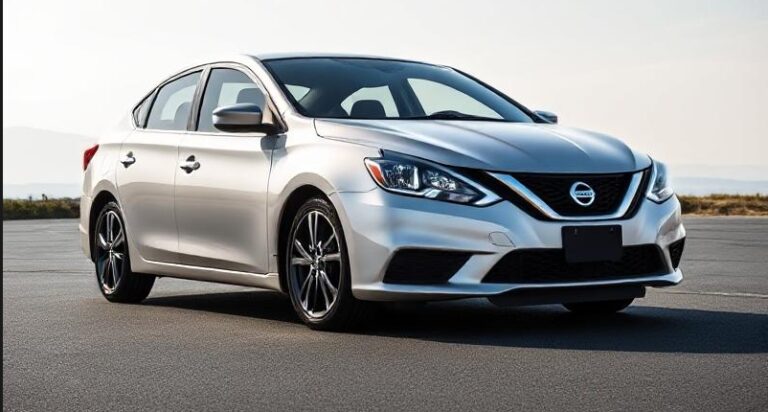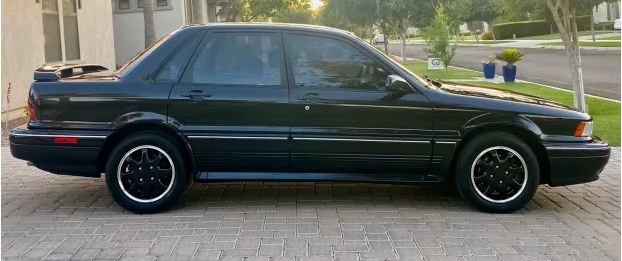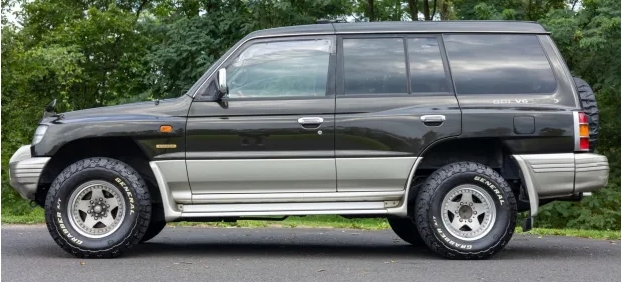The Evolution of the Scion FR-S
The Scion FR-S, a sporty and affordable rear-wheel-drive coupe, became an iconic model within the automotive enthusiast community since its debut. Its development, release, and subsequent evolution reflect a blend of Japanese engineering and American automotive culture, emphasizing driving enjoyment, sleek design, and affordability. This article provides a detailed history of the Scion FR-S, including its production years, model variants, trim levels, and notable updates throughout its lifecycle.
Origins and Development
The roots of the Scion FR-S trace back to Toyota’s collaborative efforts with Subaru, culminating in the joint development of a lightweight, agile sports car. Toyota aimed to create a vehicle that would appeal to younger buyers and enthusiasts seeking a fun-to-drive coupe at an accessible price point. Meanwhile, Subaru contributed its expertise in boxer engines and chassis design.
The project was initially codenamed “Toyobaru,” a portmanteau of Toyota and Subaru. The goal was to develop a lightweight, rear-wheel-drive sports car that could be produced cost-effectively and appeal broadly to the sports car market.
Launch and Production (2012–2016)
First Generation (2012–2016)
The Scion FR-S was officially introduced at the New York International Auto Show in March 2012 as a 2013 model year vehicle. It was sold under the Scion brand in North America, primarily targeting younger, performance-oriented buyers. In other markets, it was known as the Toyota GT86 (Japan and Europe) or Subaru BRZ (Japan and Australia), reflecting its joint development.
Production Timeline:
- Start: 2012 (for the 2013 model year)
- End: 2016 (for the 2016 model year)
The first-generation FR-S/86/BRZ was built at Subaru’s Gunma plant in Japan, with some models assembled in the United States, depending on the market.
Model Years and Variants
2013–2016 Model Years
During its first production run, the FR-S was offered with minimal variation, emphasizing its sporty, minimalist ethos. It was primarily available in a single trim level, but as the model matured, a few notable options and special editions appeared.
Standard Features:
- 2.0-liter flat-four “boxer” engine (Toyota/ Subaru design)
- 6-speed manual transmission (standard)
- 6-speed automatic transmission (available)
- Rear-wheel drive
- MacPherson strut front suspension
- Double wishbone rear suspension
- 17-inch alloy wheels
- 2+2 seating configuration
- Basic interior with sport-oriented instrumentation
Special Editions and Trim Variations
While initially available as a single trim, the FR-S eventually saw some variations and special editions, especially in the later years:
- 2014–2016 Models:
- Base Model: The initial release, with standard features.
- FR-S Release Series: Limited editions celebrating the model’s success, often featuring unique paint schemes and interior accents.
- TRD Edition (2014): A limited run tuned by Toyota Racing Development, featuring sportier suspension components, aerodynamic enhancements, and unique styling cues.
- Release Series 1.0 and 2.0: Special editions with exclusive colors (e.g., Asphalt, Raven) and accessories.
- 2015–2016 Updates:
- Introduction of the FR-S Release Series 2.0, which added exclusive styling elements.
- Some markets received optional performance packages, including sport suspension, limited-slip differentials, and upgraded brakes.
Despite its simplicity, the FR-S’s appeal was largely driven by its driving dynamics, lightweight chassis, and rear-wheel-drive layout, rather than a broad array of trim levels.
Discontinuation and Transition (2017–2018)
By 2016, Toyota announced that the FR-S would be discontinued after the 2016 model year, primarily due to changing corporate strategies and the desire to consolidate the Toyota brand’s sporty offerings under different models.
Reasons for Discontinuation:
- Shift toward more mainstream models
- Increasing safety and emissions regulations
- The desire to focus on newer sports car platforms
However, interest remained high, leading to the vehicle’s discontinuation in North America after the 2016 model year.
The Toyota 86 and Subaru BRZ (2017–Present)
Although the Scion brand was phased out in 2016, the twin-platform sports car continued under the Toyota 86 and Subaru BRZ badges, marking the second generation of the vehicle.
Second Generation (2017–Present)
Developed jointly by Toyota and Subaru, the second-generation 86/BRZ introduced significant updates, including improved styling, chassis refinement, and technology enhancements. While the basic philosophy remained the same—lightweight, rear-wheel drive, sporty handling—the newer models featured more advanced features, better interior quality, and increased power.
Key Features and Trim Levels:
Unlike the first generation’s minimal approach, the second generation offers multiple trim levels and options, which vary by market, but generally include:
- Base: Standard model with essential features.
- GT: Adds performance and comfort features such as larger wheels, upgraded suspension, and better interior amenities.
- Limited: Offers exclusive styling, interior accents, and optional performance packages.
- Special Editions: Limited runs celebrating anniversaries or collaborations, often with unique paint, interior details, and performance upgrades.
Model Years:
- 2017–2023 (and ongoing): The second-generation 86/BRZ remains in production, with incremental updates.
Notable Updates Throughout the First Generation
While the first-generation FR-S was relatively unchanged in terms of trim levels, it did see several significant updates:
- 2014 Model Year: Introduction of the TRD edition, minor interior enhancements, and availability of a six-speed automatic.
- 2015 Model Year: Introduction of the Release Series 1.0 with special colors and accessories.
- 2016 Model Year: Final production year, with some cosmetic updates and the release of the Release Series 2.0.
Summary of the Evolution
| Year Range | Model/Generation | Key Features & Notes | Notable Editions/Trim Levels |
|---|---|---|---|
| 2013–2016 | First Generation (FR-S/86/BRZ) | 2.0L boxer engine, rear-wheel drive, minimalist sporty coupe | Base, TRD Edition, Release Series 1.0 & 2.0 |
| 2017–Present | Second Generation (Toyota 86 / Subaru BRZ) | Refined styling, improved chassis, more features | Base, GT, Limited, Special Editions |
Legacy and Impact
The Scion FR-S’s impact on the automotive world has been significant. Its lightweight, rear-wheel-drive layout and affordability made it a favorite among car enthusiasts, tuners, and racers. Its balanced handling and modifiability led to a vibrant aftermarket scene and numerous motorsport applications.
Although the Scion brand was discontinued in 2016, the FR-S’s spirit lives on through the Toyota 86 and Subaru BRZ, which continue to be celebrated for their pure driving experience.
.
Modern technology is great and all, making our rides quicker and handle better,
but did you know new muscle car safety features have also come a long way over the decades of vehicles being built? 15 inventions that changed the automobile experience.
.
Conclusion
The evolution of the Scion FR-S reflects a story of collaboration, innovation, and passion for driving. From its inception as a lightweight, affordable sports car under the Scion badge to its continuation as the Toyota 86 and Subaru BRZ, the model has consistently emphasized driver engagement over unnecessary complexity. Its limited but meaningful range of trim levels and special editions showcased its versatility and appeal.
The FR-S nameplate is no longer in production, but its legacy endures through the ongoing success of its successor models. It remains a testament to the importance of pure, accessible sports cars in the modern automotive landscape.
